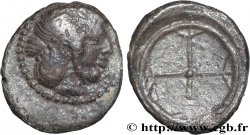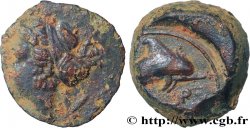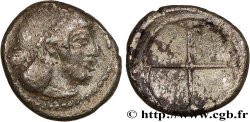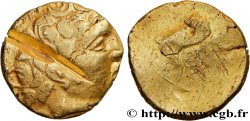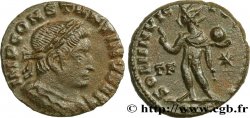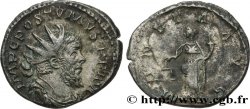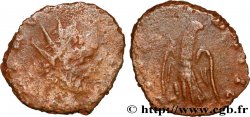bgr_674050 - SICILY - SYRACUSE Tétradrachme
Not available.
Item sold on our e-shop (2021)
Price : 950.00 €
Item sold on our e-shop (2021)
Price : 950.00 €
Type : Tétradrachme
Date: c. 450-440 AC.
Mint name / Town : Syracusa
Metal : silver
Diameter : 26 mm
Orientation dies : 12 h.
Weight : 16,86 g.
Rarity : R3
Coments on the condition:
Monnaie centrée à l’usure régulière. Joli portrait. Patine grise avec reflets bleutés
Catalogue references :
Predigree :
Exemplaire de la collection Aymé Cornu
Obverse
Obverse legend : ANÉPIGRAPHE.
Obverse description : Bige au pas à droite, conduit par un aurige tenant les rênes et le kentron ; le bige est couronné par Niké volant à droite ; monstre marin à l’exergue.
Reverse
Reverse legend : N ET S RÉTROGRADES.
Reverse description : Tête d'Aréthuse à droite, les cheveux relevés et retenus par un filet, entourée de quatre dauphins.
Reverse legend : SURAKOSI-ON
Commentary
Mêmes coins que l’unique exemplaire décrit dans l’ouvrage de Boehringer, p.222, n° 592, pl. 22 (collection privée, Liverpool).







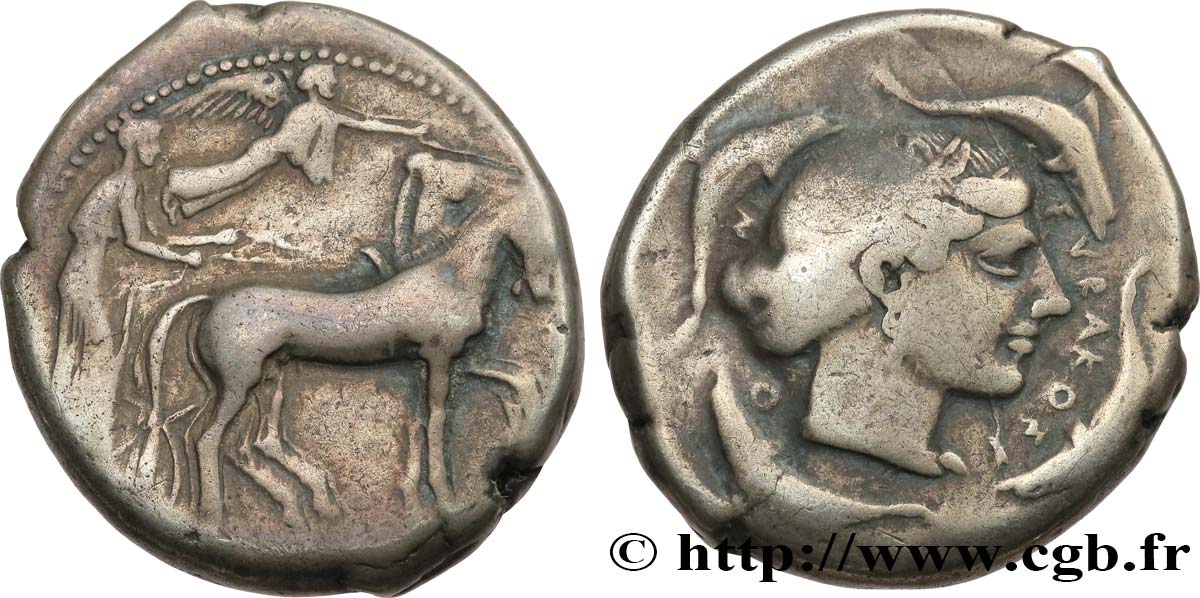
 Report a mistake
Report a mistake Print the page
Print the page Share my selection
Share my selection Ask a question
Ask a question Consign / sell
Consign / sell
 Full data
Full data